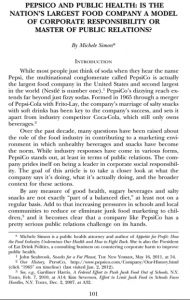Thomas J. Keary*
Click here for a recommended citation and to download a paginated PDF version of this article.
More than twenty years after the passage of the Americans With Disabilities Act of 1990 (ADA) and forty years after the passage of Section 504 of the Rehabilitation Act of 1973 (Section 504), a recent study of physicians’ offices in five major metropolitan areas reveals that patients with mobility impairment are being turned away in disturbingly high numbers. This trend is due to physical barriers to routine medical care posed by inaccessible medical and diagnostic equipment, such as examining tables, rather than by building accessibility. The results indicate that there is a continuing need for education of health care providers and patients, as well as enforcement of these laws by the government and by consumers of health care.
Researchers at the Center for Quality of Care Research at Baystate Medical Center in Springfield, Massachusetts, telephoned 256 specialty medical and surgical practices seeking an appointment for a fictional, obese wheelchair user, who could not self-transfer to an examining table.[1] Of this number, 22% reported that the patient could not be seen because, in most instances, they were unable to transfer the patient from a wheelchair to the examination table (18%) and to a lesser extent because the building where the practice was located was inaccessible for people in wheelchairs (4%).[2] Practices in eight medical subspecialties, such as endocrinology, gynecology and orthopedic surgery, were tested. Of these subspecialties, gynecologists had the highest rate of inaccessible practices, with 44% of the gynecological offices called informing the tester that she needed to go elsewhere, usually because the provider lacked a table that could be raised and lowered, or a lift to transfer the patient out of a wheelchair.[3]

